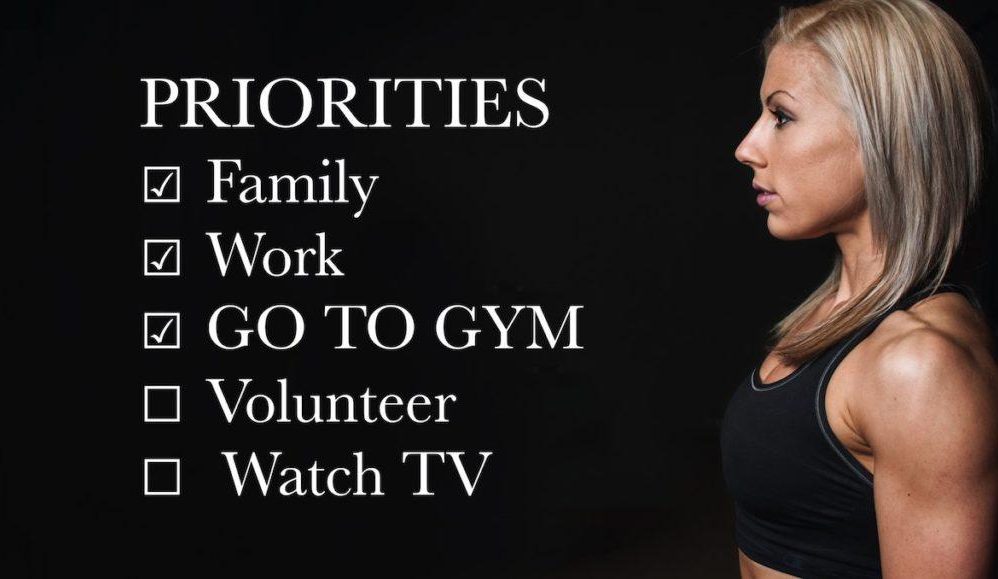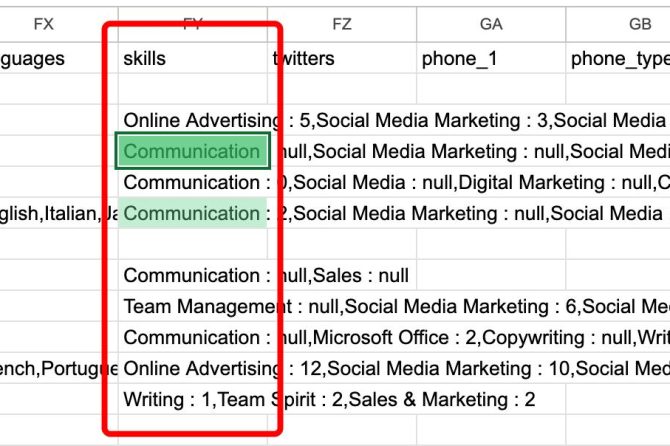Overcoming Common Challenges for Beginner Golfers
Embarking on the journey of golf can be overwhelming for newcomers, who often encounter various obstacles that impede their development. This article explores frequent challenges faced by novice golfers, including improper grip techniques, misaligned stances, and flawed swing mechanics. By understanding these issues and applying effective solutions, beginners can establish a solid foundation for ongoing improvement in their game.
Grip Issues
A poor grip can significantly affect a golfer’s performance and limit their potential on the course. Here are some common grip-related mistakes to watch out for:
- Poor Hand Positioning: Incorrect hand placement can lead to diminished control over the club. A frequent error is gripping too tightly; this restricts wrist movement and disrupts the natural flow of the swing. Aim to maintain a relaxed yet secure grip that allows your hands to rotate freely during your swing.
- Improper Finger Placement: The way fingers are positioned on the club affects alignment and trajectory. For an optimal grip, ensure your right thumb runs straight down the shaft while interlocking with your left forefinger—this helps achieve a square clubface at impact.
- Poor Grip Pressure: Finding balance in how tightly you hold the club is crucial; too loose may cause slippage while too tight restricts wrist action and reduces speed through impact. Experimentation with feedback from an experienced instructor can help find what works best.
Stance Alignment Mistakes
The alignment of one’s stance plays a critical role in achieving consistent shots. Misalignment often leads to erratic ball striking and difficulty controlling distance or direction.
- Feet Position: Your feet should be shoulder-width apart and parallel to your target line.
- Error: Toes pointing inward or outward.
- Solution: Adjust until toes are parallel with heels aligned properly.
- Hip Alignment:Your hips must align squarely with your target line.
- Error:Your hips may be open or closed relative to where you aim.
- Solution:Tweak hip positioning until they run parallel with your intended target line.
- < em >< strong > Shoulder Level: Ensure shoulders remain level while aligned correctly.
- < em > Error: Shoulders tilted forward or backward .
- < em > Solution: Adjust shoulder position until they’re level .
Swing Mechanics Pitfalls
A well-executed swing is vital; however, many beginners struggle due to inefficient mechanics leading them astray from consistency in ball striking as well as distance control.< / p >
- < strong > Rushing Through Swings: Attempting maximum force results only in erratic motions instead focus instead upon maintaining smooth tempo throughout each phase .< / li >
- < strong > Overextending Backswing : A backswing extending beyond necessary limits causes loss over control resulting weak follow-through ; aim just past parallel without excessive arm extension .< / li >
- < strong > Ball Position Errors : The location within stance greatly influences swings effectiveness ; typically optimal position lies just inside left heel but experimentation yields best results tailored specifically towards individual preferences !< / li >
< / ul >
Choosing Appropriate Clubs Wisely!
Selecting suitable clubs based upon varying circumstances proves essential across all levels! Beginners frequently make unwise choices leading them into frustrating situations when playing rounds together!
- < em >< strong > Carrying Too Many Clubs : Many novices opt full sets but limiting oneself down basics suffices initially ! Too many options create confusion hindering decision-making process regarding which specific tool fits shot requirements best ! Consider versatile selections like drivers , irons , sand wedges & putters only!< / li >
- < strong >  ; Ignoring Wind Conditions :   ; Wind impacts gameplay significantly especially among newer players failing account its effects leads misjudged distances resulting poor outcomes overall! Generally speaking stronger headwinds necessitate higher numbered clubs whereas favorable tailwinds permit lower numbered selections instead.< / li >
- < strong >  ; Lack Awareness Of Personal Abilities :   ; Newcomers often lack clarity surrounding distances achievable per respective clubs causing reliance upon inappropriate tools either overly powerful underwhelming ones alike! Devote time practicing each piece determining approximate ranges yielded under diverse conditions (including wind) guiding future decisions made during playtime sessions ahead.< / li >
* * *
* * *
* * *
* * *
  ;
  ;
  ;
  ;
  ;
& nbsp ;
& nbsp ;
& nbsp ;
& nbsp ;
& nbsp ;Mastering the Greens: Essential Tips to Avoid Common Mistakes for Beginner Golfers
Meta Title
Mastering Golf: Essential Tips to Avoid Common Beginner Mistakes
Meta Description
Discover key strategies to avoid common mistakes in golf. This comprehensive guide is designed for beginner golfers looking to improve their skills and enhance their performance on the greens.
Understanding Common Beginner Mistakes
Golf is a complex sport where precision and strategy play critical roles. It’s common for beginners to encounter pitfalls that can hamper their progress. Understanding these mistakes is the first step toward improvement. Here are some prevalent errors:
1. Poor Grip Technique
- Mistake: Many beginners grip the club too tightly or inconsistently.
- Tip: Use a relaxed grip. Your fingers should wrap around the club without excessive tension.
2. Inconsistent Stance
- Mistake: A poor or inconsistent stance can lead to balance issues.
- Tip: Maintain a shoulder-width stance, with your knees slightly flexed. This ensures better balance throughout your swing.
3. Neglecting Pre-Shot Routine
- Mistake: Skipping a pre-shot routine can lead to a hasty swing.
- Tip: Develop a consistent routine that includes visualization and practice swings to prepare mentally.
Key Strategies for Improvement
Correct Your Swing Mechanics
Adjusting your swing mechanics is crucial for any beginner golfer. Here are some refined techniques to elevate your game:
- Focus on Hip Rotation: Initiating your swing with hip rotation creates more power and stability.
- Maintain a Flat Left Wrist: This helps keep the clubface square throughout the swing, leading to more accurate shots.
Improve Your Course Management
Understanding course management principles allows beginners to make smarter decisions on the course:
- Know Your Distances: Familiarize yourself with your average distances for each club. This knowledge informs your strategic decisions.
- Play to Your Strengths: Identify the clubs and shots you are most comfortable with, and plan your strategy accordingly.
Master Green Reading
Reading the greens effectively can drastically improve your putting game. Here are tips to refine this skill:
- The Aim Point: Identify an aim point that aligns with the break of the green. Practicing your aim point can enhance your accuracy.
- Visualize the Break: Take a moment to visualize the ball’s path before hitting. This mental imagery can increase your focus.
Psychological Factors in Golf
Understanding the psychological aspects of golf can lead to significant improvements in performance. Here’s how to harness these factors:
Focus and Concentration
Beginner golfers often struggle with maintaining focus during their rounds. Consider the following strategies:
- Mindfulness Techniques: Engage in mindfulness practices like deep breathing before each shot to enhance concentration.
- Stay Present: Focus on each shot individually rather than worrying about your overall score.
Handling Pressure
Managing pressure can influence performance, especially in competitive situations. Here are some ideas:
- Practice Under Pressure: Simulate pressure with practice scenarios, such as putting with friends watching.
- Positive Self-Talk: Encourage yourself with positive affirmations to build confidence during challenging moments.
Case Studies: Beginner Golfers’ Success Stories
Real-Life Transformation
Here we highlight a couple of novice golfers who’ve turned their game around through practical strategies.
| Golfer Name | Improvement Strategy | Result |
|————-|———————-|——–|
| John Smith | Focused on grip and stance adjustments | Reduced handicap from 30 to 20 within one season |
| Amy Johnson | Developed consistent pre-shot routine | Lowered average putts per round from 40 to 32 |
These success stories illustrate that with the right techniques, beginner golfers can rapidly improve their performance.
Practical Tips for Beginners
Equipment Considerations
The right equipment can also make a significant difference for beginner golfers. Here are a few recommendations:
- Get Fitted for Clubs: Properly fitted clubs enhance comfort and performance. Consider seeking professional advice for your first set.
- Start with a Half Set: Too many clubs can confuse beginners. A half set allows you to focus on mastering core techniques.
Practice Smart
Effective practice leads to improvement. Here are some strategies:
- Focus on Short Game: Spend extra time practicing putting and chipping, as these areas often contribute significantly to scoring.
- Use Visual Aids: Implement alignment sticks or target markers during practice sessions to improve accuracy.
Benefits of Avoiding Common Mistakes
Understanding and avoiding common mistakes can lead to multiple benefits:
- Improved Scores: Fewer mistakes translate into lower scores and greater enjoyment of the game.
- Enhanced Confidence: As skills improve, so does confidence, making the game more enjoyable and rewarding.
Conclusion
By recognizing common beginner mistakes and implementing effective strategies, novice golfers can enhance their overall performance. The journey from novice to pro might seem daunting, but with practice and the right mindset, success is attainable. Remember to focus on your technique, manage the course wisely, and nurture the mental aspect of the game.
Incorporating these strategies into your golfing routine will help pave the way for an enjoyable and successful journey on the greens!






